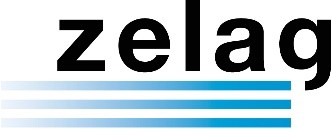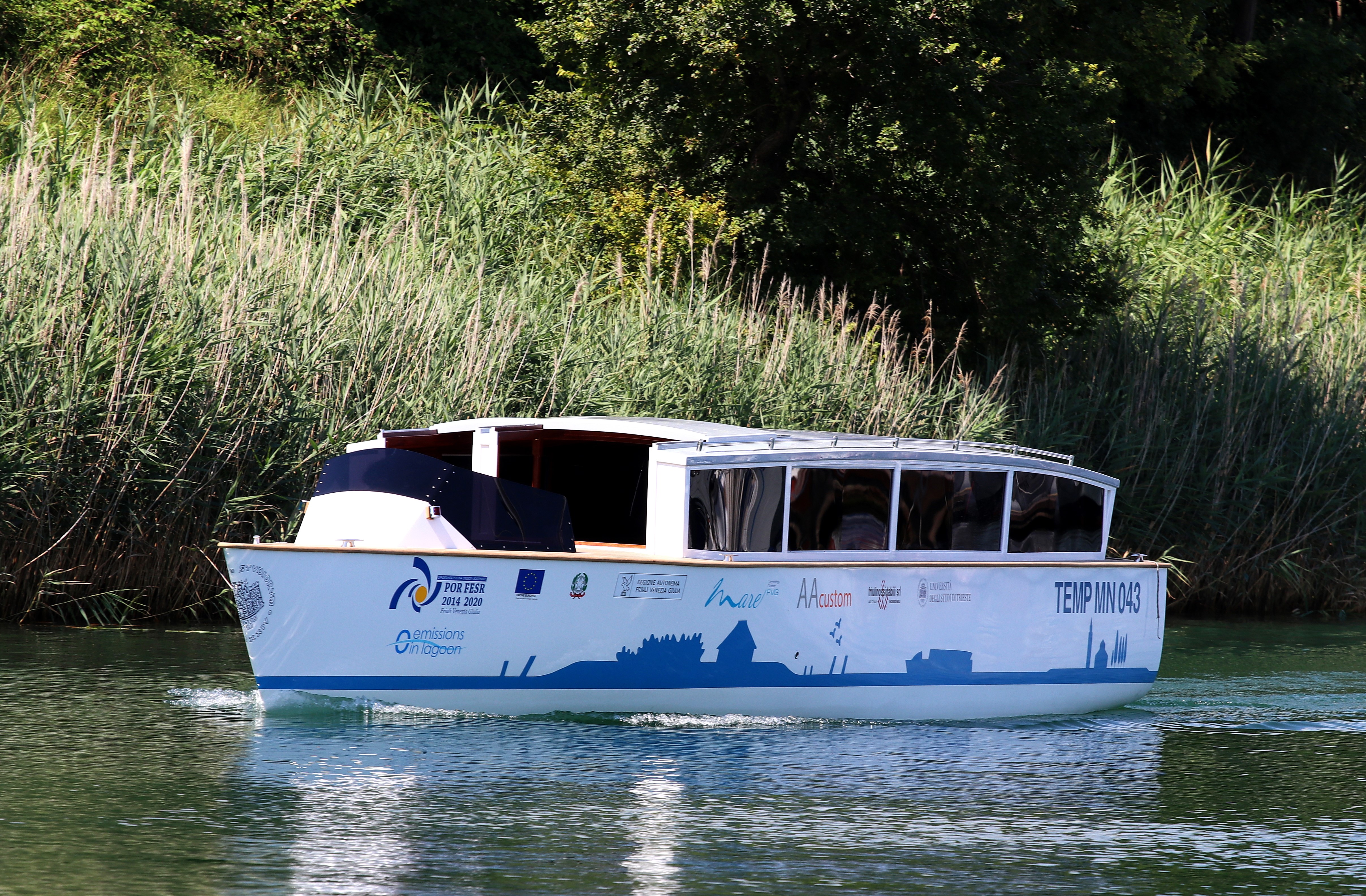On July 26, 2018 the Integrated Ship Design laboratory (ISDlab), of the Naval Engineering section of the Department of Engineering and Architecture of the University of Trieste, together with the Cantiere Alto Adriatico Custom and Friulinossidabili, both partners of the ZELAG project (Zero Emission navigation LAguna di Grado), presented the results achieved with the project to a large audience at the Laguna Palace Hotel in Grado. The ZELAG research and development project, co-funded by the European Regional Development Fund, is part of the Maritime Technologies (POR FESR 2014-2020).
The presentation of the results was opened by the MareFVG Maritime Cluster Chairman, Claudio Kovatsch, who congratulated with the entire partnership for the idea and the development of the entire research project; he hopes the production of many other electric powered boats in the near future. Afterwards there were the greeting speach of the mayor of Grado, Dario Raugna, and the councilor for tourism of Aquileia, Alviano Scarel. The technical report was presented by the main players of the project: Alberto Marinò, Carlo Nasso, Francesco Mauro and Ubaldo la Monaca (for the University of Trieste), Odilo Simonit (for Cantiere Alto Adriatico Custom), Paolo de Clara and Chiara Bettuzzi (for Friulinossidabili). The speakers described in detail all the key features of the project starting from the initial objectives and demonstrating their achievement through the results of sea trials carried out with the prototype boat.
ZELAG proposes an eco-sustainable boat for the public transport of people through the inland waters of the Grado lagoon. A wooden prototype with hybrid-electric propulsion was built to guarantee a high reduction in radiated noise and pollutants emissions. The hull shapes have been studied to minimize wave pattern in order to safeguard the lagoon ecosystem. The boat purpose is to provide tourist transport services between the municipalities of Grado (GO) and Aquileia (UD), fullyintegrated within the regional slow-mobility network. During design phases, due attention was paid to the removal of architectural barriers, guaranteeing the boat usability even for passengers with reduced mobility.
Luciana Grimani, representative of the Higher Education and Research Service of the Regione Autonoma Friuli Venezia Giulia, closed the presentation, highlighting her full satisfaction concerning the fruitful synergy between the academic world and the business world.
At the end, all the participants were able to visit the boat docked on the quay facing the event hall, and assist to a brief maneuverability test.







